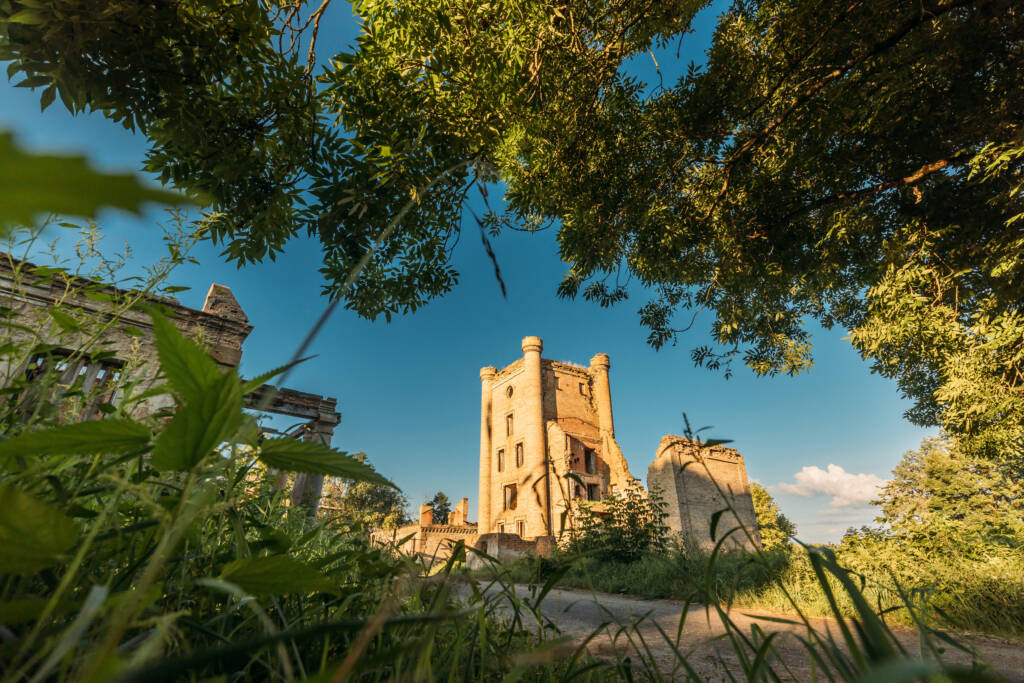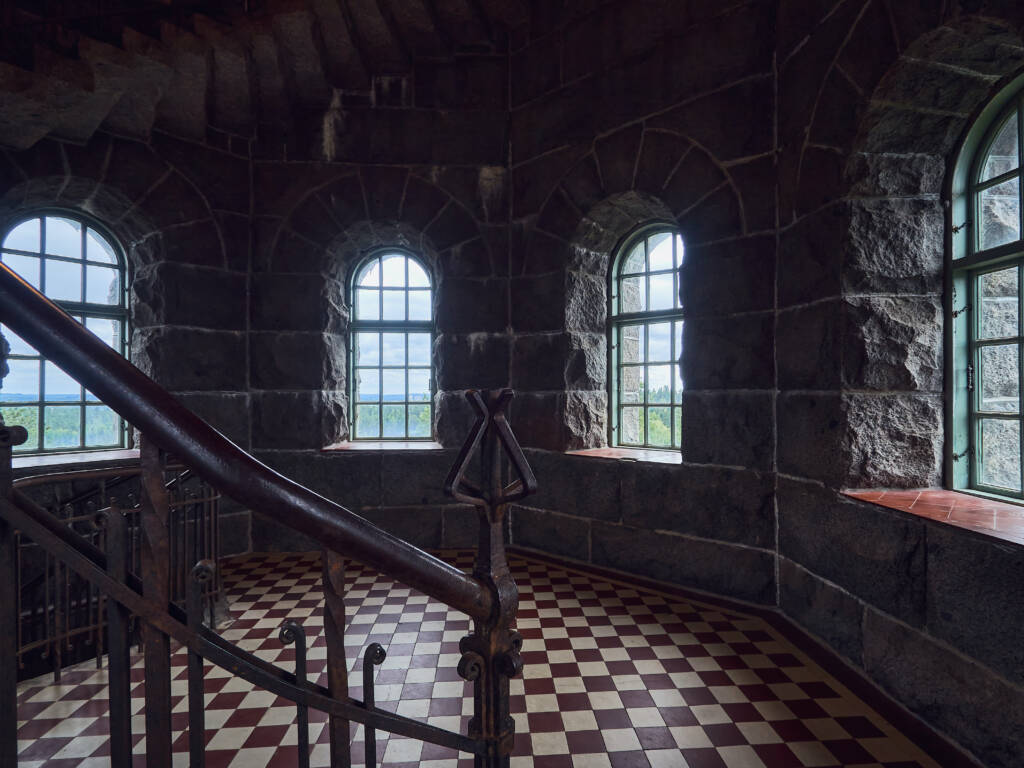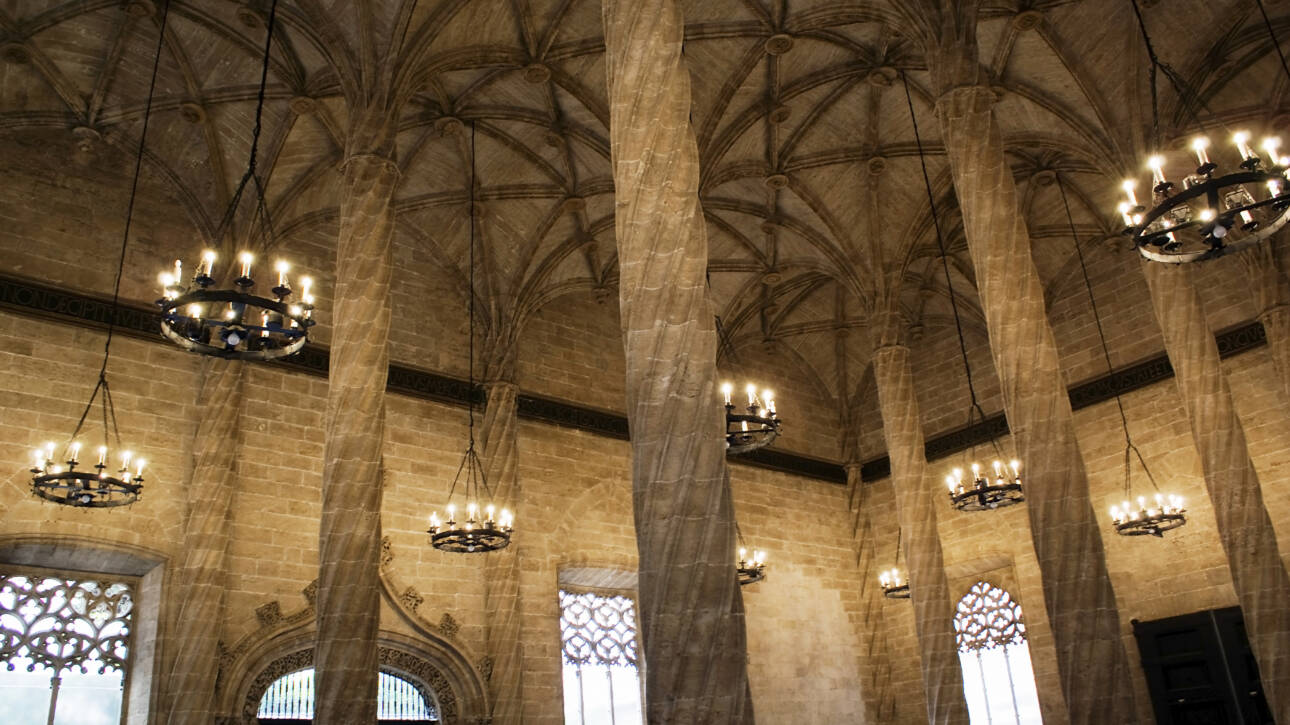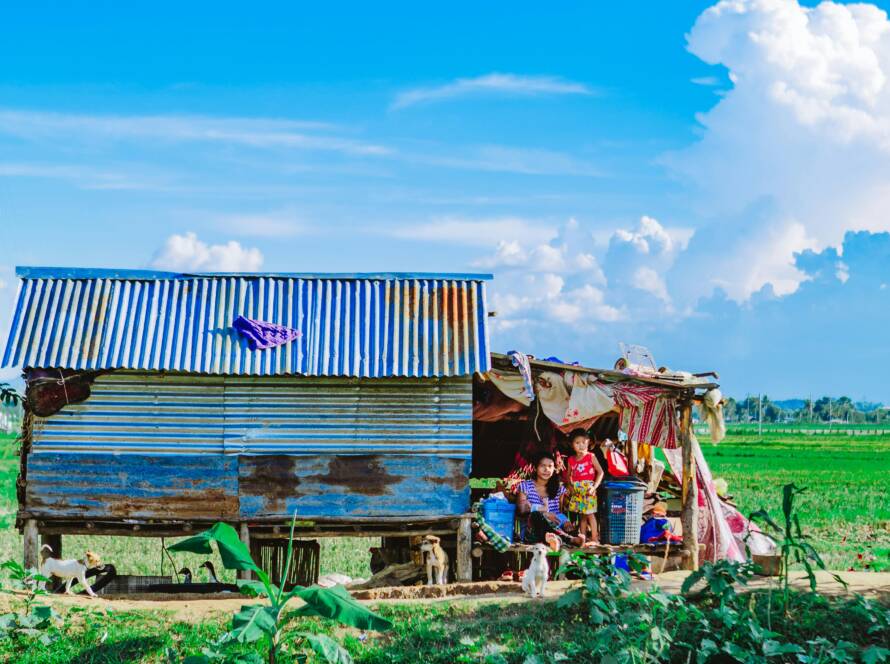The Romance of Ruins, the Responsibility of Renewal
Walk through the stone corridors of a castle weathered by centuries of wind and war, and you can feel the weight of history. Gaze across the faded frescoes of a Mediterranean villa, and stories whisper from every cracked brushstroke. Wander through the echoing halls of a palace once at the centre of political intrigue, and the grandeur of human ambition lingers still.
Such places are more than bricks and mortar. They are living testaments to heritage, culture, and identity. And yet, without stewardship, they risk falling into disrepair — becoming relics admired only in photographs or textbooks.
At Neyius, we believe that restoration is not simply about preservation; it is about reimagining. By restoring castles, villas, and palaces into vibrant hospitality destinations, we safeguard heritage while giving it new life. These landmarks remain part of our shared story — not locked away, but lived in, experienced, and celebrated.
Why Heritage Matters for Tomorrow’s Hospitality
The 21st-century traveller is discerning. Beyond luxury, they seek meaning. They want experiences that root them in place and time, that connect them with the soul of a region. A stay in a modern hotel may provide comfort, but a stay in a 14th-century castle or a restored colonial villa offers something more profound: the chance to inhabit history.
‘Heritage properties,’ notes Kellan Cruz, CEO of Neyius Hotel Group, ‘are more than destinations. They are experiences in themselves. Our guests aren’t just booking a room; they are stepping into a story.’
Cruz’s vision is simple yet compelling: reposition neglected landmarks as centres of hospitality that preserve their cultural essence while generating sustainable futures. In doing so, Neyius is not only building a portfolio of iconic properties but also protecting legacies that belong to communities, nations, and the world.


The Financial and Strategic Case for Restoration
Restoration is no small undertaking. It demands patience, capital, and respect for both craft and context. But as A. Blaine Vanovich, EVP of Finance and Portfolio Management, reminds us: ‘The long horizon is where heritage finds its worth. Properties of this scale may not move like quick markets, but their value compounds in stability, reputation, and cultural currency.’
From a portfolio perspective, heritage assets deliver threefold value:
- Cultural Equity
Restored landmarks elevate reputations — both for the communities that host them and for the organisations that steward them. - Economic Longevity
Hospitality rooted in heritage tends to generate steady, multigenerational demand. Guests return not only for service but for story. - Tangible Anchors
Unlike speculative developments, heritage restorations are tied to land and history — assets that endure even as markets fluctuate.
As Vanovich often stresses, heritage must be framed not as a liability but as a long-term stabiliser. The balance sheet reflects not only financial flows but the preservation of irreplaceable cultural value.
Heritage isn’t just history; it’s a stabilizing force for both communities and portfolios. By restoring landmarks, we invest in enduring stories, tangible assets, and a cultural legacy that outlasts market cycles. —Kellan Cruz, CEO of Neyius Hotel Group
Land, Communities, and the Responsibility of Stewardship
Restoration projects extend beyond the walls of castles and villas. They ripple outward, affecting communities, employment, and local economies.
Elias Buchanan, who leads Neyius’s land development and acquisitions in the Philippines, highlights the importance of this balance: ‘Every acquisition carries responsibility. We are not merely developing properties — we are entering ecosystems of culture, tradition, and community. Our task is to strengthen without erasing, to modernise without diminishing.’
This philosophy underpins Neyius’s approach. Whether it is training local craftspeople in traditional techniques, sourcing materials sustainably, or weaving regional cuisine into dining experiences, restoration is framed as collaboration, not imposition.

From Dust to Destination: Stories in Stone
Neyius’s forthcoming heritage portfolio spans Europe and Asia, with properties ranging from castles in Scotland to palaces in Spain and villas in the Philippines. Each has its own story — a faded glory awaiting careful revival.
Cruz frames these projects not as museum pieces but as living theatres of hospitality. Guests will dine where kings once feasted, sleep beneath beams carved centuries ago, and walk gardens that have seen empires rise and fall. The romance of history is preserved, but the hospitality experience is modern, sustainable, and globally appealing.
As he puts it: ‘We are not just restoring buildings. We are restoring connections — between past and present, between heritage and hospitality, between communities and the world.’
Challenges and Commitments
Restoring heritage is not without obstacles. Regulations are stringent. Craftsmanship is costly. Unexpected structural issues are inevitable. And yet, the challenges are matched by rewards. Each successful restoration is a triumph of patience over neglect, of vision over decay.
Vanovich’s financial discipline ensures each project is grounded in feasibility. Buchanan’s regional expertise secures cultural alignment and sustainable growth. Cruz’s hospitality leadership transforms heritage into experience. Together, these contributions turn lofty ideals into tangible reality.
Looking Ahead: A Future Rooted in the Past
The Neyius heritage portfolio is scheduled to open in phases beginning in 2026. Each property will be a beacon of what is possible when business, culture, and community intersect.
As global travellers search for experiences that feel authentic, responsible, and meaningful, heritage hospitality will stand apart. Castles, villas, and palaces — once at risk of fading into memory — will be reimagined as anchors of stability, identity, and inspiration.
Or, as Cruz concluded in a recent strategy session: ‘To preserve heritage is to honour history. To share it through hospitality is to give it a future.’
The work of restoration is meticulous, demanding, and deeply rewarding. It requires financial discipline, cultural sensitivity, and visionary hospitality. But the outcome is more than buildings saved. It is communities uplifted, economies strengthened, and histories given breath once more.
For Neyius, restoring castles, villas, and palaces is not a side venture. It is a statement: that heritage matters, that hospitality can be transformative, and that the past, if stewarded wisely, can become one of our greatest global assets for the future.



